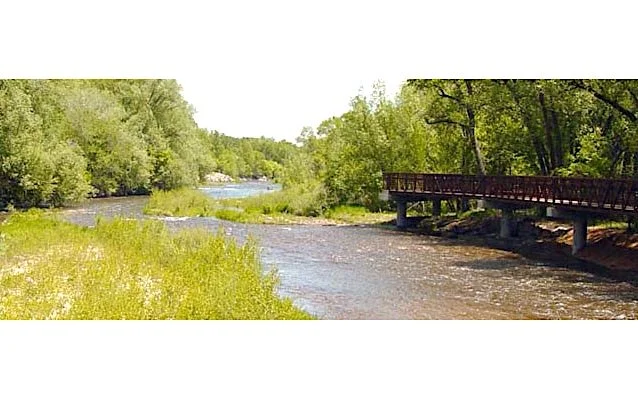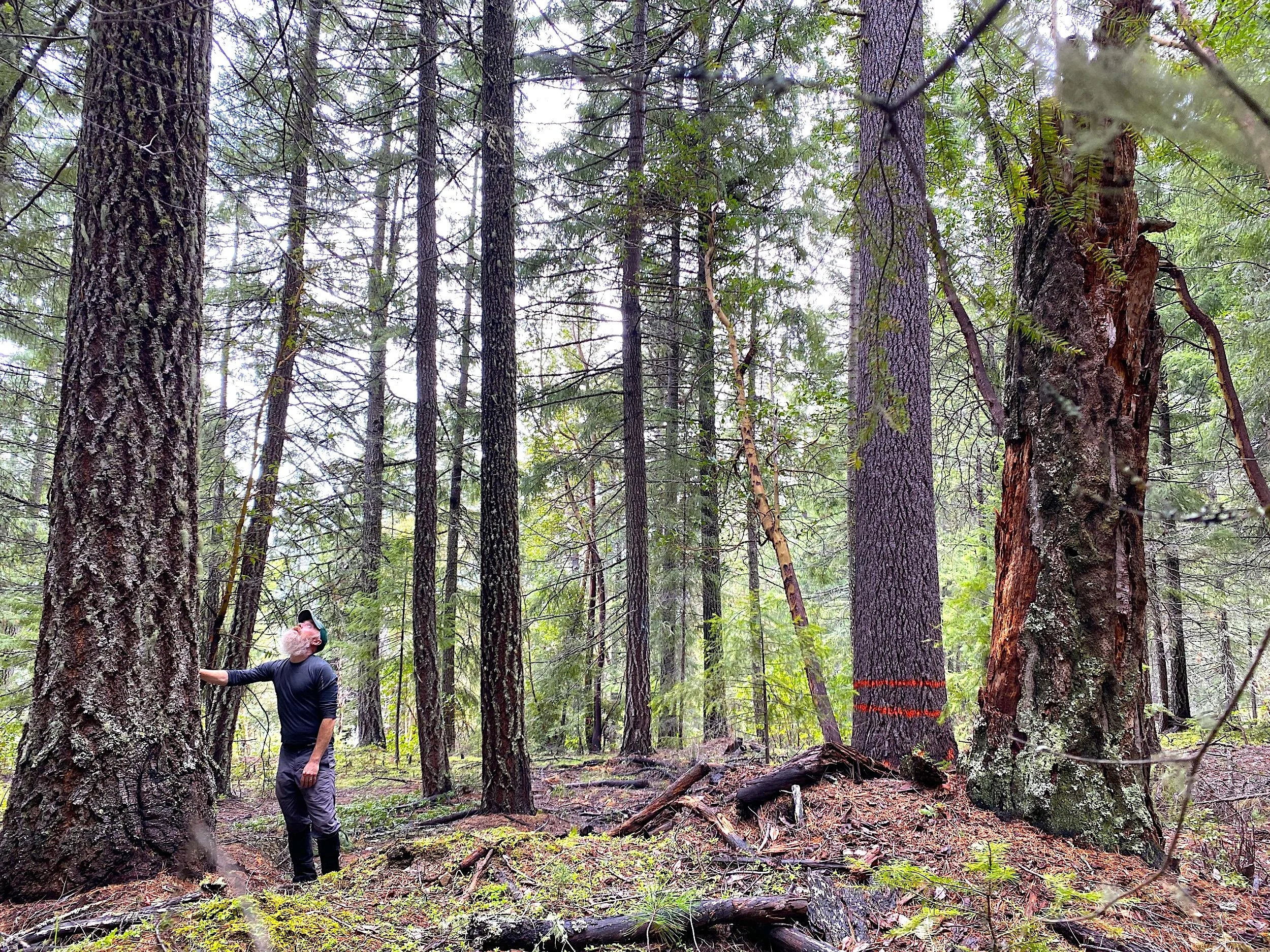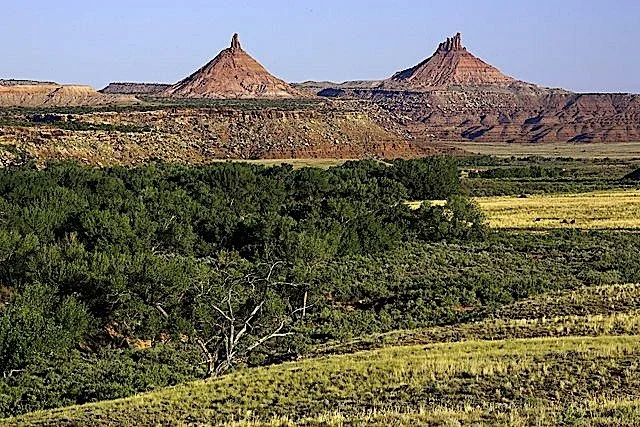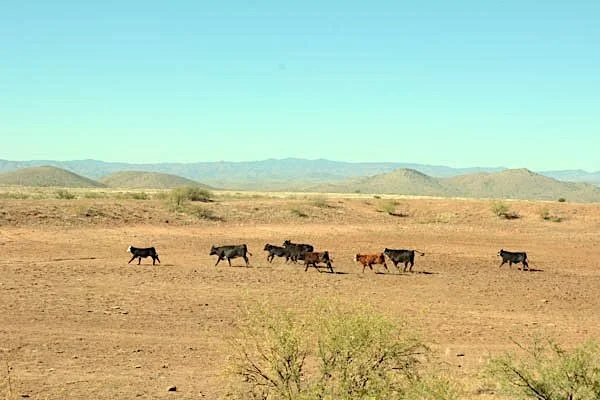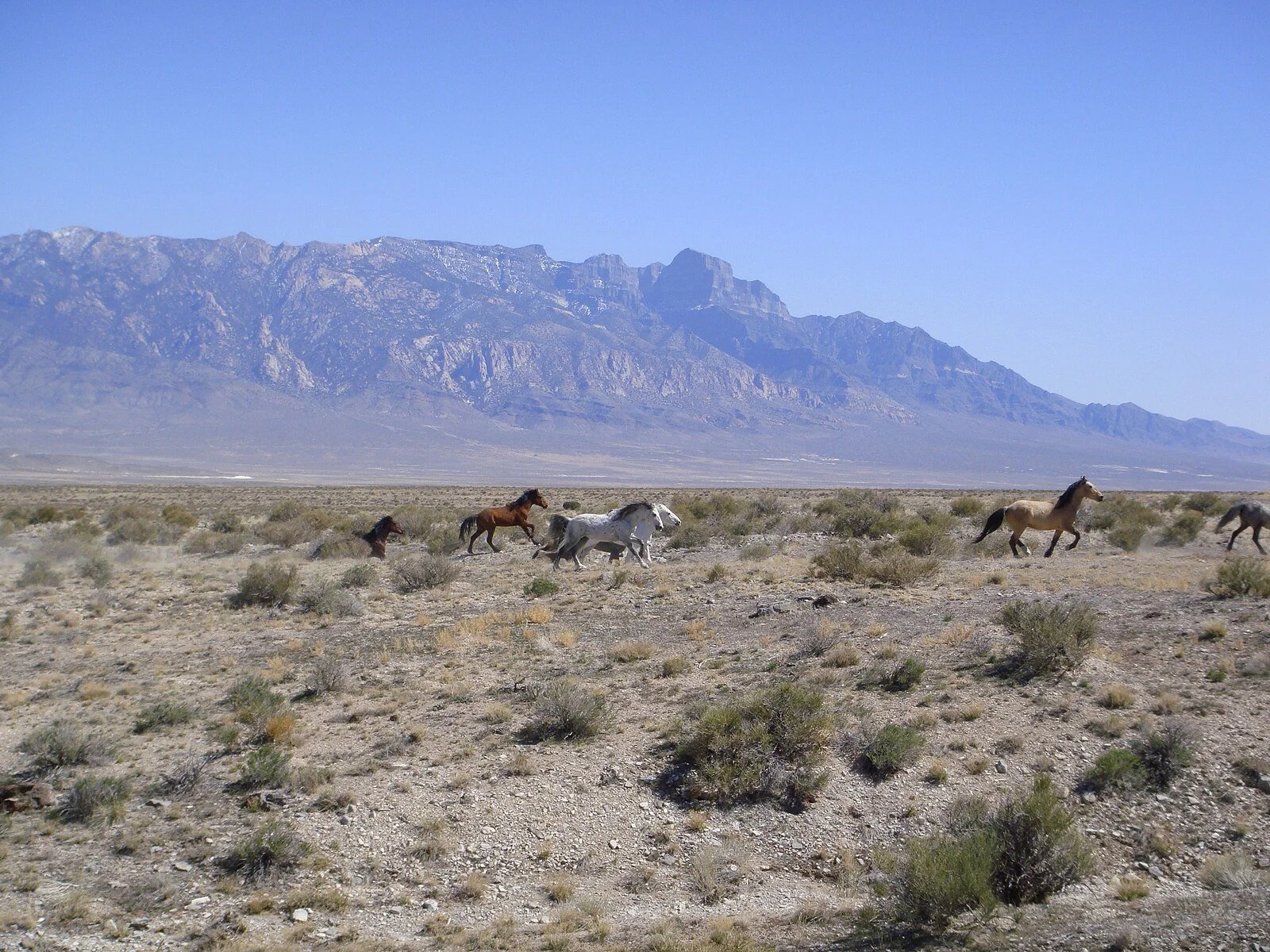Sort By Category
- 30x30
- Administration
- Antiquities Act
- Book Reviews
- Bureau of Land Management
- Climate Change
- Climate change
- Coasts
- Congress
- Counties & Federal Lands
- Courts
- Courts & Litigation
- Department of Agriculture
- Department of Interior
- Deserts
- Ecological Reserves
- Ecosystems
- Elections
- Endangered Species
- Energy
- Estuaries
- Federal Lands
- Fish
- Fish and Wildlife Service
- Forest
- Forest Fires
- Forest Service
- Forestry
- Forests
- Grasslands
- Land & Water Cons. Fund
- Land & Water Conservation Fund
- Legislation
- Litigation
- Livestock Grazing
- Marine Protected Areas
- Marine Sanctuaries
- Mature & Old-Growth Forests
- Mature and Old-Growth Foresrts
- Mining
- Nat'l Conservation Lands
- National Forest System
- National Marine Sanctuaries
- National Monuments
- National Monuments Act
- National Park Service
- National Park System
- National Parks
- National Recreation Area
- National Scenic Area
Sort By Tag
- 1002 area
- 30x30
- 5th Amendment
- ANWR
- Acadia National Park
- Adam Smith
- Administrative Procedure Act
- Advancing Conservation and Education Act
- Alan Bates
- Alan Deboer
- Alaska
- Alaska National Interest Lands Act
- Alaska Native Claims Settlement Act
- Aldo Leopold
- American Forest Resource Council
- American Prairie Reserve
- American Tree Farm System
- American beef supply
- American black duck
- American woodcock
- Ammon Bundy
- Ancient Forest National Park
- Anders Eskil Carlson
- Andrea Salinas
- Andrew N. Gray
- Andy Kerr
- Animal unit month
- Ansel Adams
- Antiquities Act
- Applegate Primitive Backcountry Area
- Aqua Fria National Monument
- Aquatic Conservation Strategy
- Aquatic Conservation and Riparian Strategy
- Arches National Monument
- Arches National Park
- Arctic National Wildlife Refuge
- Areas of Critical Environmental Concern
- Army Corps of Engineers
- Association of O&C Counties
- Astoria Canyon
- Astoria Fan
- Atlantic Coast
- Augusta Canal NHA
- Avarna Group
- Avi Kaw Ame
- BLM Conservation Rule
- BLM Zone 3 Lands
- BOEM Oregon Planning Area
- Baboquivari Peak Wilderness
- Baker County
The National Wild and Scenic Rivers System: Room for More Streams
The federal government says Oregon has 110, 994 miles of streams. Most do not qualify for inclusion in the National Wild and Scenic Rivers System as they have been dammed, dewatered, ditched, denuded, and/or otherwise degraded, if not downright destroyed. Today, 2 percent of Oregon’s streams are in the National Wild and Scenic Rivers System.
Reigniting the Pacific Northwest Timber Wars by Logging More Old Growth: Bring It On, President Trump!
Big Timber in Oregon is so 20th Century. It used to be that timber jobs were above the state’s median wage; now they are below it. Today, only 1.3 percent of Oregon’s jobs arise from falling trees. That number will continue to decline in relative terms as Oregon’s economy continues to grow, and it will continue to decline in absolute terms as the timber industry continues to automate.
A Congressional Conservation Agenda for the Twenty-First Century
Though we’ve burned through one-sixth of the current century, Congress has yet to enact any sweeping and bold public lands conservation legislation in the new millennium. There’s still time though, and a crying need.
National Monuments: Long-Term National Versus Short-Term Local Interests
Here are some national monuments, quite beloved today, that had strong local opposition at the time of their proclamation: Devil’s Tower, Petrified Forest, Muir Woods, Oregon Caves, Natural Bridges, Dinosaur, White Sands, Caters of the Moon, Lava Beds, Admiralty Island, Cascade-Siskiyou, and Virgin Island Coral Reef.
A Federal Public Lands Grazing “Right”: No Such Animal
While federal public land grazing permittees don’t have a property right associated with such grazing, they do have a property interest. Federal grazing permits have monetary value in that they are associated with particular ranches (“base properties”). The IRS taxes capital gains in the value of permits attached to ranch properties when they are sold.
A Stage Theory of Elevating the Status of Federal Public Lands
One usually has to overcome an entrenched establishment of industry, locals, and government that doesn’t want things to change. Yet, conservationists proceed anyway, and if they are smart, clever, and persistent (with emphasis on the latter) enough, they do find success. It often takes a generation to change the world, or even a part of it.
Moving On After Malheur
The American system of justice may be the best in the world, but it’s not perfect. In the matter of seven defendants who—by force of arms—illegally occupied and caused damage to the Malheur National Wildlife Refuge in southeastern Oregon, justice was not served. A view of the Steens Mountains from the Buena Vista Overlook located in the Malheur National Wildlife Refuge. Image source: Wikipedia
The November 2016 Election: Processing the Five Stages, Then Moving On
There are those days where one is reminded, by a proverbial kick in the gut, that life is not fair. Such was the day of the general election of November 2016. [Image by Manny Becerra]
Keep It in the Ground
Historically, much of the carbon loading into the atmosphere (which subsequently loads the hydrosphere) came from the biosphere (we used to live on a forested planet). Today, most atmospheric carbon loading comes from the lithosphere—the hard outer layer of Earth—in the form of fossil fuels that are extracted and then burned.
A Public Lands Conservation Agenda for the New President
The climate, the oceans, species, watersheds, ecosystems, landscapes, cultures, and economies that depend on federal public lands all depend upon the 45th president of the United States having a bold public lands conservation agenda.
A National Desert and Grassland System
Even today, one can drive across the American West and view literally millions of acres of federal public lands under the jurisdiction of the Bureau of Land Management (BLM) without even knowing it
Abolish the BLM and Replace It with a U.S. Desert and Grassland Service
The BLM has jurisdiction over 264 million surface acres of federal public land in thirty-three states, which is approximately 11 percent of the total surface acreage of these United States. The majority of BLM holdings are in the eleven western states and Alaska. The BLM also manages nearly 700 million acres of federal subsurface mineral estate.
The National Park System
While the National Park System has generally led to improvement in the conservation and interpretation of nature, culture, and history, the National Park Service has had its unwise episodes. Image by: Hendrik Cornelissen
The Bipolar State of Utah and National Monument Designation
It’s worth summarizing how Utah’s beloved national parks came into being. The general trend is that they were first national monuments proclaimed by far-away presidents, almost always over the opposition of the State of Utah Image by: Fuji Nakama
“Small” Wilderness: No Big Deal
Those in opposition to the preservation of wilderness, especially “small” wilderness will disparage it because it is small. If the source is someone who generally disdains wilderness of any size, their arguments may be dismissed.
Judge John B. Waldo: Oregon’s John Muir
Republican legislator, lawyer, chief justice, granger, sportsman, conservationist, explorer, and scholar John B. Waldo read and quoted Thoreau, Shakespeare, Emerson, Aurelius, Goethe, and Wordsworth. He made twenty-seven summer sojourns in Oregon’s Cascades.
Statehood and Federal Public Lands: A Deal is a Deal
In 2012, the Utah State Legislature enacted the Transfer of Public Lands Act (TPLA), which demanded that the federal government hand over the state’s ~30 million acres of national wildlife refuges, national forests, and other public lands by the end of 2014.
Marine National Monuments: Big, Bold, and Biologically Beautiful
Until relatively recently, no president had applied the Antiquities Act of 1906 to any large amount of salt water. A few national monuments include seawater associated with islands and adjacent lands, but no national monument had been proclaimed that included a lot of ocean.
A National System of National Recreation Areas
With declining commodity industries and a growing outdoor recreation industry—as well as increased concern for watersheds, ecosystems, and native species—it’s time for a 21st-century management structure for the nation’s national forests.
Federal Public Lands Under Trump or Clinton
Presidents matter when it comes to federal public lands. Let’s examine the policy positions, party platforms and statements of the two 2016 major party candidates. Image Wikipedia: Wild horses run through Tule Valley, Utah. Notch Peak and the House Range in background.
